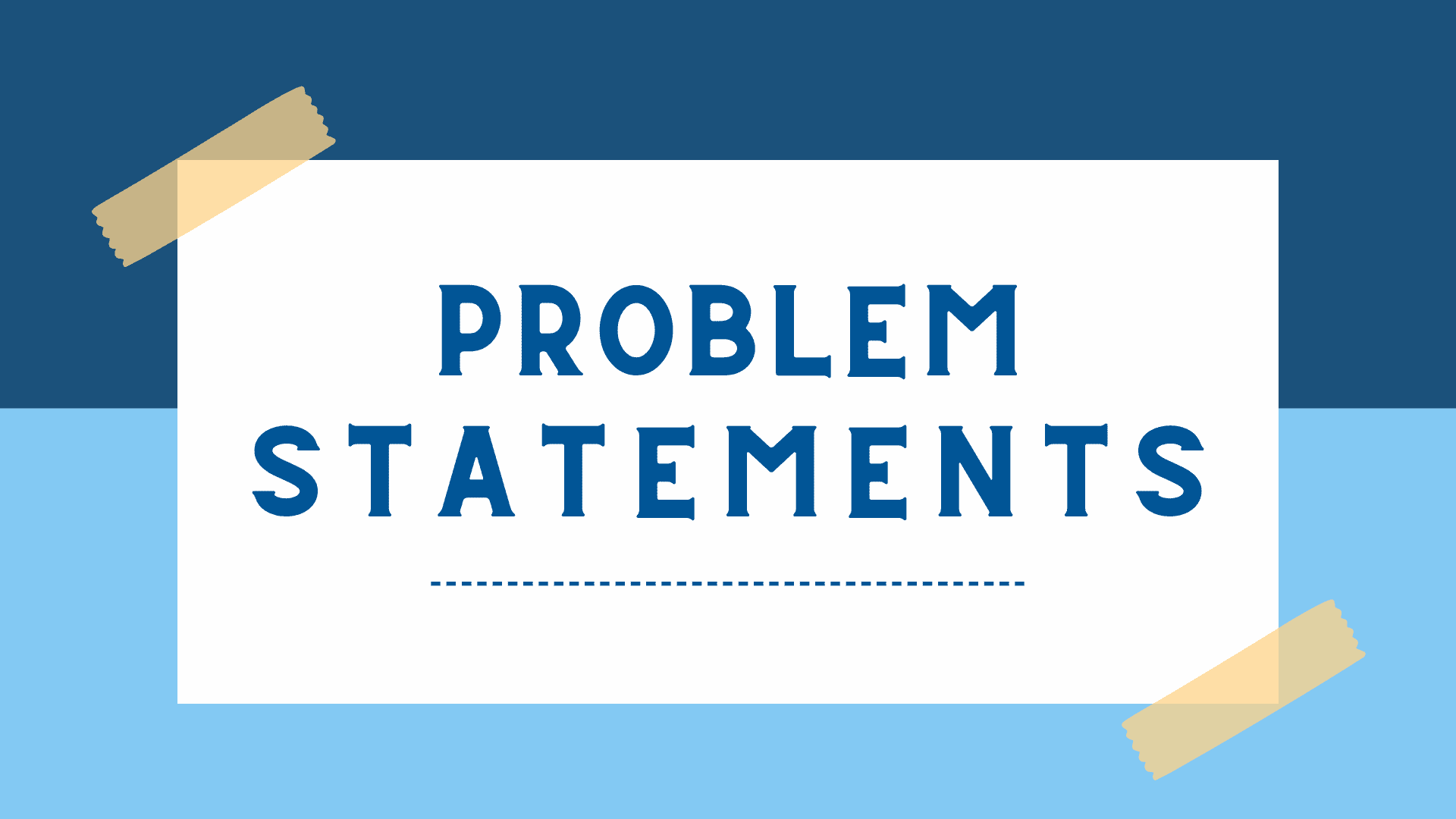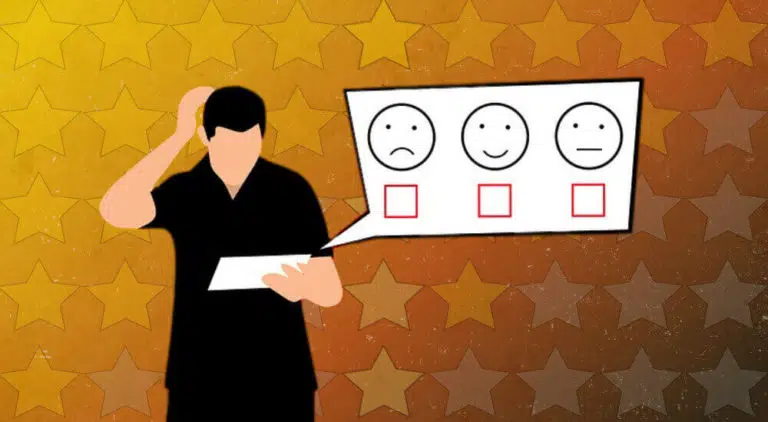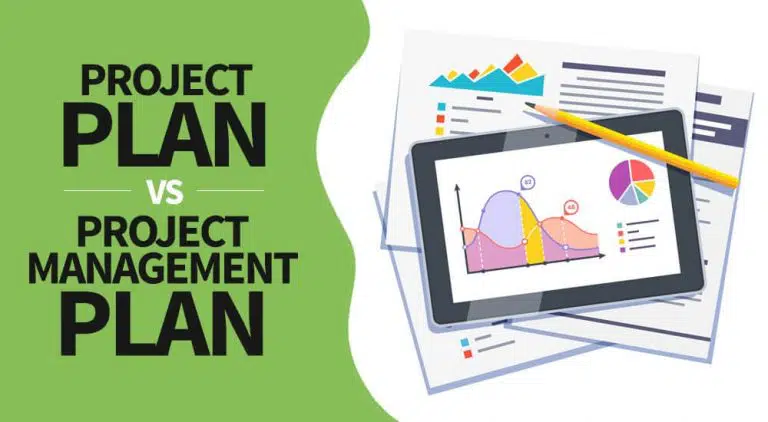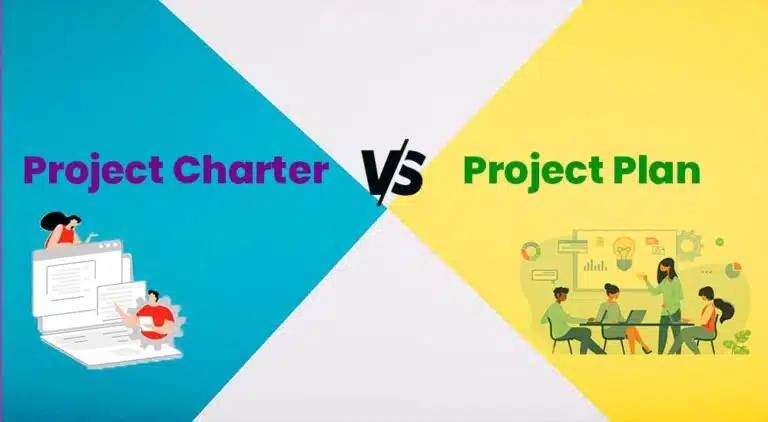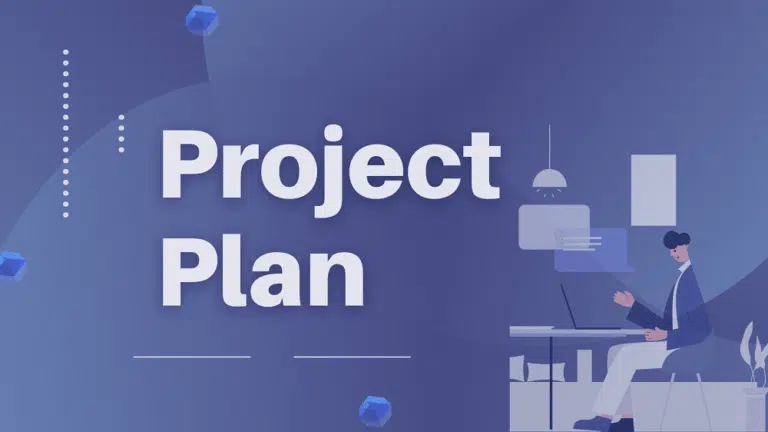A problem statement is a summary of all the problems you intend to address. It contextualizes the problem(s), provides the details, and defines the research objective to find the solution. A problem statement is a problem-solving method.
A problem statement is crucial for any new business endeavor, research, or project. It serves as a compass that guides the efforts towards a defined goal. A well-crafted problem statement not only helps in focusing efforts but also gets support and resources for the proposed solution.
In today’s post, we will discuss the problem statements and how to write them, and finally, we will see some examples of problem statements. However, before that, let us know the problem statement and when you should write it.
What Are Problem Statements?
A problem statement details the problems the business faces in carrying out its processes, expanding its business, launching new products, etc. It identifies the gap between the current state and the desired state of the process or product.
The problem statement details how the problem impacts your customers, employees, other stakeholders, or the organization.
The information in the problem statement is objectives based on facts and avoids speculation and bias. It explains a challenge that sums up what you want to change. It helps your team members and other stakeholders to focus on the problem.
A problem statement has the following three characteristics:
- It includes the problem details and why the problem must be solved.
- It includes the proposed solution.
- It details how the proposed solution will solve the problem and how you will implement it.
Five Components of a Problem Statement
To write a problem statement, focusing on the five Ws: who, what, when, where, and why or how, can help write an effective problem statement.
Asking these questions will ensure that you cover all the key elements of the problem:
- Who: Who is affected by the problem?
- What: What is the current state of the problem, and what is the desired state of the problem? Alternatively, what is the magnitude of the problem?
- When: When will the problem occur? Alternatively, how long has the problem been going on?
- Where: Where is the problem occurring?
- Why: Why is this problem important or worth solving?
Ensure you ask the right questions to stakeholders while developing the problem statement.
When Should You Write Your Problem Statement?
A problem statement helps understand the problem and find the possible solution. You can write your problem statement in many situations.
For example, your organization needs to improve its processes for better efficiency and create a project for this purpose. So, you will write a problem statement to solve the organization’s problems.
The following are a few instances in which you should write a problem statement:
- When you want to clarify the expected outcome
- When you are starting a new project or initiative
- When you are trying to solve a complex problem
- When you are trying to get buy-in from stakeholders
- When you are trying to communicate the problem to others clearly and concisely
A problem statement is a key document that is the basis of the feasibility and cost-benefit analysis.
How to Write an Effective Problem Statement
The following are the key elements of an effective problem statement; ensure you include them while writing the problem statement:
Step I: Provide a Context to the Problem
Before writing the problem, you must provide the context or the background of the problem so the stakeholders can be prepared to understand the problem.
You can describe the virtual situation that how the system would work if the current problem is not solved before providing the solution and its benefits.
Step II: Explain the Problem
Now, you can explain the problem in detail. You can write about the issue and how it impacts the organization negatively. You can write about what will happen if the organization is left in its current state and the problem is not solved.
You can include attempts by earlies to solve the problem and why they failed. Provide all information you know about the current problem in brief.
Step III: Define Your Objectives
At the end, explain how you will solve the problem. The intention should not be to correct the problem but to find the root cause and solve it once and for all. Explain how the proposed solution is the best course of action.
You must back up your claims with evidence and objective data. Show them how the proposed solution will cost and the financial benefits of it.
You can include the tangible and intangible benefits of the proposed solution.
You can finally conclude the problem statement by summarizing the problem statement, its impact on the business and not solved on time, your proposed solution, and its benefit.
Best Practices for Writing a Problem Statement
To ensure that your problem statement is robust and provides precise information, follow the following best practices:
- Structure your content well, use simple language, and avoid using complex sentences, idioms, and phrases. The statement should be easy to read and understand and should not confuse the reader.
- Don’t explain the problem, and avoid subjective details. Provide objective data and keep the statement as simple and precise as possible.
- Objective data representation doesn’t require much effort to analyze. Make it simple to understand and use graphs if possible.
- After capturing the problem, refine it continuously by analyzing it from multiple perspectives and different points of view.
What Are the Benefits of Using a Problem Statement?
A few benefits of using a problem statement are as follows:
- Clarity and Focus: It helps identify the issue at hand while providing focus and direction to those who are solving the problem.
- Decision-Making Guidance: It outlines the specific problem that needs attention.
- Effort Alignment: Articulating the problem helps align the efforts of different individuals or teams toward a common goal. It ensures that all stakeholders are on the same page.
- Problem-Scope Definition: It assists with defining the problem’s scope, preventing scope creep, and ensuring that efforts are concentrated on the core issue without distractions.
- Measurement and Evaluation: It helps create measurable success criteria. This makes it easier to evaluate the effectiveness of proposed solutions and to track progress.
- Problem-Solving Process Improvement: It encourages a thorough understanding of the problem, thereby enhancing the problem-solving process. It promotes thoughtful analysis and considers potential solutions to improve the process, product, or user experience.
- Communication: It serves as a communication tool, thereby enabling effective communication between stakeholders. A well-constructed problem statement facilitates discussion and collaboration.
Problem Statement Examples
Great problem statements are simple, to the point, and precise. They describe the pain points in a few lines and leave no space for any confusion.
Now, I will give you two examples of problem statements for better understanding.
Problem Statement Example #1
The unavailability of medical facilities in a developing country causes health risks to local populations and severely affects the health of children.
The above problem statement clearly specifies the problem on hand, that is, the unavailability of medical facilities and medicines. Afterward, it explains the negative consequence of the problem if left unsolved.
By focusing on the problem, the stakeholders can find the solution.
Problem Statement Example #2
The company must launch a new product to capture the market for the newly created niche.
Here, the problem specifies that the market demands a new product, so the business must launch its product to capture the market and establish itself.
For example, when Apple launched the iPhone, it was the first touchscreen phone and created a new niche in the mobile segment. Afterward, other mobile phone makers, such as Samsung and Nokia, launched touchscreen mobile phones to capture the market quickly.
Summary
As organizations deal with complex challenges, defining and addressing problems through thoughtful problem statements remains a key skill for driving meaningful change and progress.
A good problem statement lays the groundwork for successful problem-solving endeavors. It acts as a roadmap to guide researchers, project managers, and teams toward effective solutions.

I am Mohammad Fahad Usmani, B.E. PMP, PMI-RMP. I have been blogging on project management topics since 2011. To date, thousands of professionals have passed the PMP exam using my resources.

